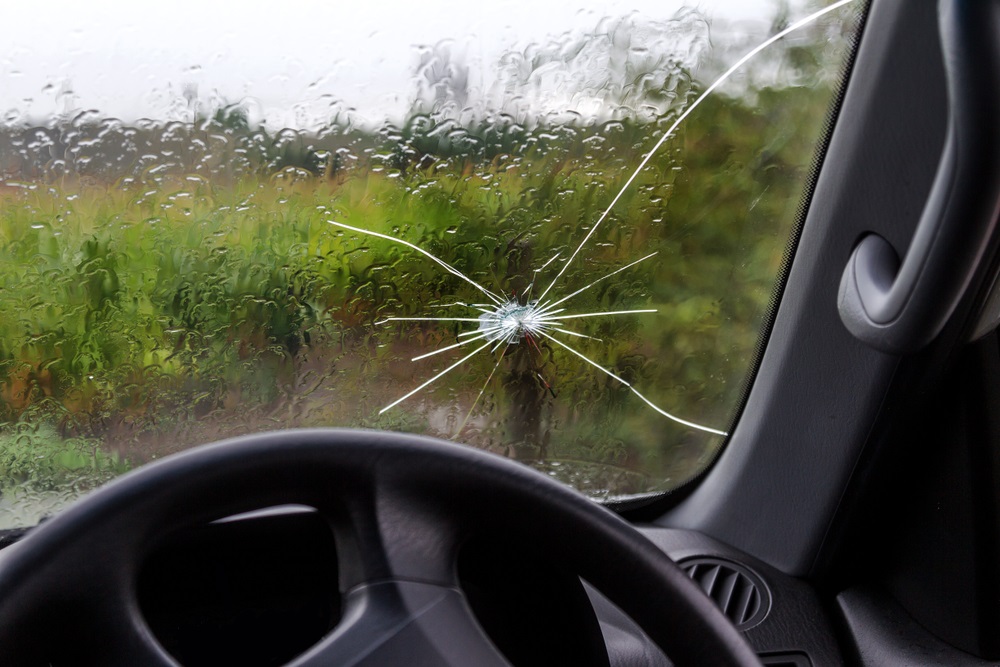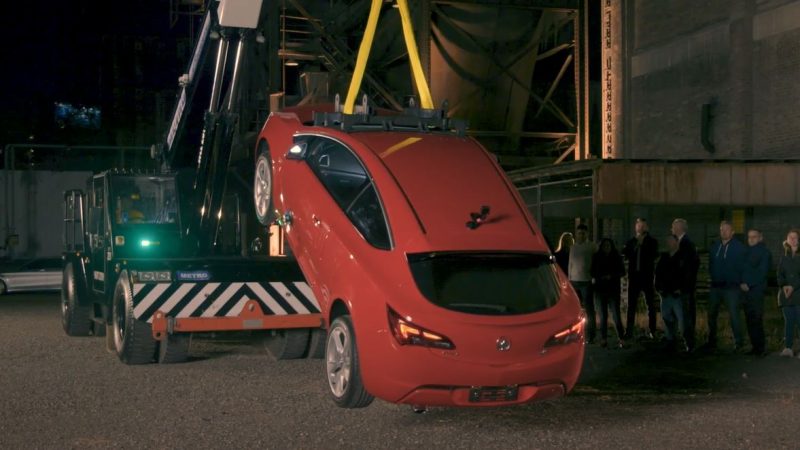Have you noticed a chip in your windscreen when you get in the car? It’s easy to ignore it, as it’s only a little annoying, and you’ll eventually get around to fixing it, won’t you?
Yes, it may just be another one of those things on the ‘list’ to get to, but with the weather turning cold now, we recommend you get it fixed. Because if it cracks or you may be up for the cost of a new windscreen.
While it is easy to assume that loose road debris or a jolt when driving may turn these chips into cracks, it could also be caused by sudden changes in temperature. This is particularly true in Australia, a country known for extreme weather, especially the chilly air in winter when the blast of the heater is required or the scorching summer heat when the air conditioner is essential.
Let’s explore the potential impact of temperature on your vehicle glass, so you can take steps to help protect your windscreen not just this winter, but in any season.
Can extreme changes in temperature affect my windscreen chip?
Yes, it can. Sudden shifts in temperature could cause a chip to crack and spread further across the windscreen.
Car windscreens are typically made of laminated glass. Laminated glass involves two sheets of glass panels bonded together by an interlayer of polyvinyl butyral (PVB). These three layers are then fused and curved to make the highly durable glass used in windscreens.
While this type of glass is tough, your windscreen can only endure so much, especially in intense weather conditions. In summer, for instance, it’s not just the heat from the outside of your car – it’s also what you do inside the cabin to make it cooler.
Imagine you’ve parked your car in direct sunlight in the sweltering heat outside. Many of us would go straight to turn the air conditioning on full blast. This sudden temperature change adds stress to the windscreen, which is already “under stress” due to the curved glass and the manufacturing process. If you have a chip on your windscreen, the heat outside and sudden cool inside from the aircon could cause these chips to crack.
The same thing could also happen during winter. In cold weather, water can freeze inside the chip area and increase the chances of turning into a crack. Turning cabin heating on during a frosty night can also cause a chip to crack due to the contrasting temperature from inside to out.
How can I tell if my chip can be repaired?
We’re all guilty of ignoring a small chip in our windscreen – even if it’s right in front of us. We don’t often think that a small chip in the windscreen could potentially lead to a crack in the windscreen and the additional expense that comes with it.
Our expert technicians at O'Brien® AutoGlass can repair a windscreen chip if the chip meets specific criteria. Some of these are:
- is smaller than an Australian $1 coin
- is located on the passenger side, and
- is at least 5cm from the edge of the windscreen. Click here for more information on O'Brien® chip repairs and windscreen replacements. At O'Brien®, we believe that prevention (or repairing a chip before it cracks) is always more practical than replacement.
Getting that chip fixed before your windscreen cracks is faster, cheaper and greener. So, don’t wait, call us on 1800 059 829 to book in your repair.




